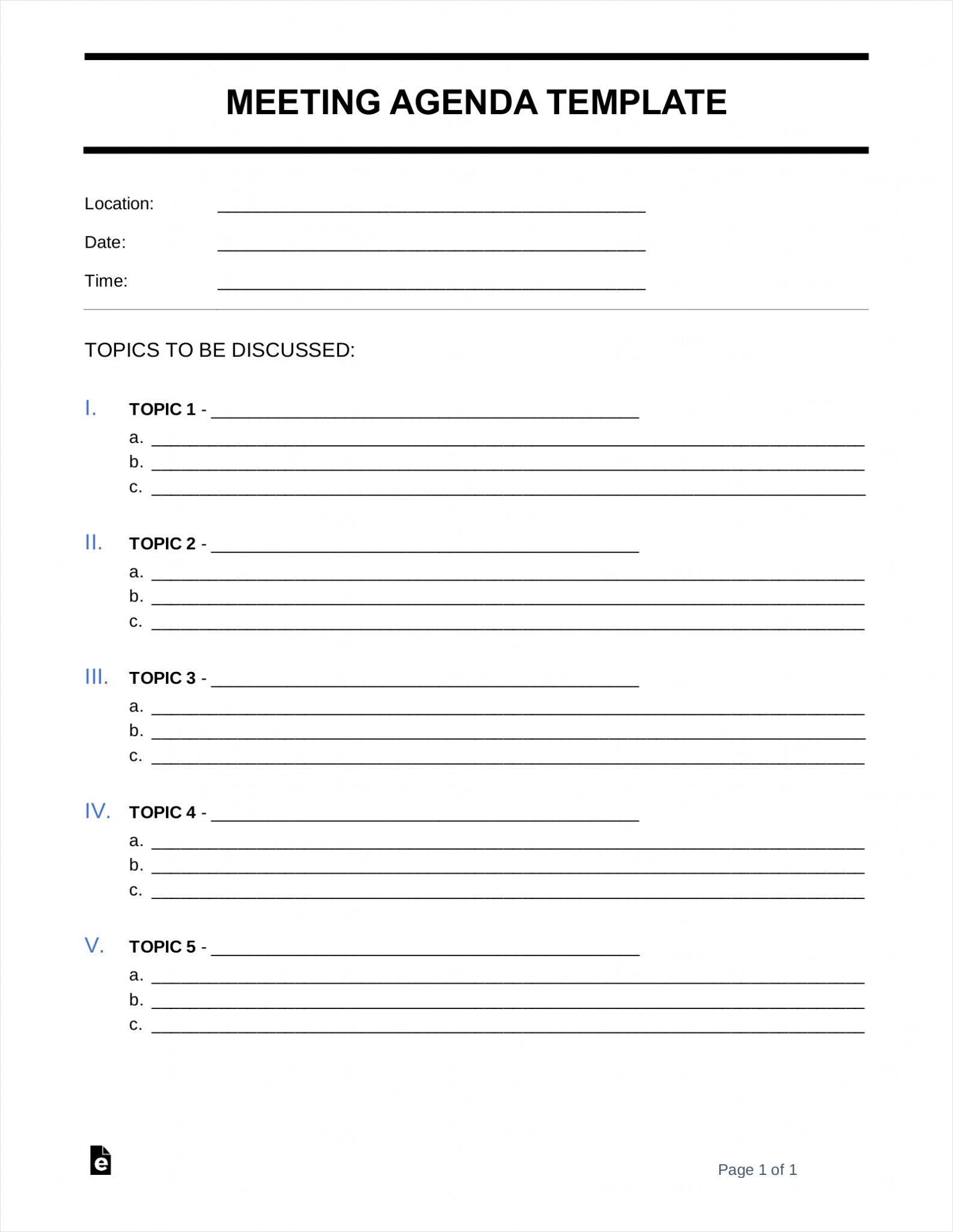What Are Meeting Agenda Notes?
Meeting agenda notes are written records of the key points discussed and decisions made during a meeting. They serve as a reference tool for participants to remember important details and actions. Meeting agenda notes capture the essence of a meeting, providing a summary of the topics discussed, the decisions made, and the next steps. These notes are crucial for effective communication and collaboration within a team or organization.
Why Should You Take Meeting Agenda Notes?
Effective note-taking during meetings is essential for several reasons:
- Clarification: Taking notes helps you understand and clarify complex information discussed during the meeting. It allows you to ask questions or seek clarification on any unclear points.
- Retention: Writing down key points helps you remember important details discussed during the meeting. It enhances your memory and ensures that you don’t forget crucial information.
- Accountability: Meeting agenda notes serve as a record of decisions made and action items assigned during the meeting. They hold participants accountable for their commitments and provide a reference for follow-up.
- Collaboration: Sharing meeting agenda notes with team members who couldn’t attend the meeting helps keep everyone informed and involved. It promotes collaboration and ensures that all team members are on the same page.
How to Take Effective Meeting Agenda Notes
Taking effective meeting agenda notes requires a systematic approach. Follow these tips to ensure your notes are comprehensive and useful:
1. Prepare Before the Meeting
Before the meeting, review the agenda and any relevant materials. Familiarize yourself with the topics that will be discussed and jot down any questions or points you want to address during the meeting. This preparation will help you stay focused and capture the most important information.
2. Use a Structured Format
Organize your notes using a structured format that works for you. You can use a template or create your own. Start by including the date, time, and location of the meeting, as well as the names of the participants. Use headings and bullet points to break down the agenda items and discussions. This format will make it easier to review and reference your notes later.
3. Listen actively
During the meeting, actively listen to the discussions and take notes on the key points. Focus on capturing the main ideas, decisions, and action items. Avoid transcribing everything word-for-word, as this can be time-consuming and distract you from actively participating in the meeting.
4. Be Selective and Specific
Be selective in what you document. Only write down the most important points and action items. Use concise and specific language to ensure clarity. Include relevant details such as deadlines, responsible parties, and any additional information necessary for understanding the context.
5. Use Visuals and Symbols
Consider using visuals and symbols to enhance your notes. Diagrams, charts, and arrows can help illustrate relationships or processes discussed during the meeting. Symbols such as asterisks or exclamation marks can draw attention to important points or urgent action items.
6. Summarize and Review
At the end of the meeting, take a few minutes to review your notes and summarize the key takeaways. This will help solidify your understanding and ensure you haven’t missed any crucial points. Share your summary with the team to ensure everyone is aligned on the outcomes.
7. Follow Up and Take Action
After the meeting, it’s important to follow up on the action items and decisions discussed. Use your meeting agenda notes as a reference to complete your assigned tasks and hold others accountable for theirs. Regularly review your notes and update them as progress is made or new information arises.
Tips for Effective Meeting Agenda Notes
- Keep it concise: Focus on capturing the essential information and avoid unnecessary details. Concise notes are easier to review and comprehend.
- Use headings and subheadings: Organize your notes using headings and subheadings to create a clear structure and facilitate easy navigation.
- Proofread and edit: Take a few minutes to proofread and edit your meeting agenda notes for clarity and accuracy. Correct any typos or errors to ensure the notes are reliable.
- Share and collaborate: Share your meeting agenda notes with the relevant stakeholders and encourage collaboration. Allow others to contribute or provide additional insights to ensure comprehensive notes.
- Use technology: Consider using note-taking apps or software to streamline the process and make it easier to organize, search, and share your meeting agenda notes.
- Regularly review your notes: Set aside time to review your meeting agenda notes regularly. This will help reinforce your memory and ensure that no important details are forgotten.
Sample Meeting Agenda Notes
Here’s an example of how meeting agenda notes can be structured:
1. Date, Time, and Location
– Date: [Date]
– Time: [Time]
– Location: [Location]
2. Participants
– [Participant 1]
– [Participant 2]
– [Participant 3]
3. Agenda
– [Agenda Item 1]
– [Agenda Item 2]
– [Agenda Item 3]
4. Discussion Summary
– [Key Point 1]
– [Key Point 2]
– [Key Point 3]
5. Decisions Made
– [Decision 1]
– [Decision 2]
– [Decision 3]
6. Action Items
– [Action Item 1]: [Responsible Party], [Deadline]
– [Action Item 2]: [Responsible Party], [Deadline]
– [Action Item 3]: [Responsible Party], [Deadline]
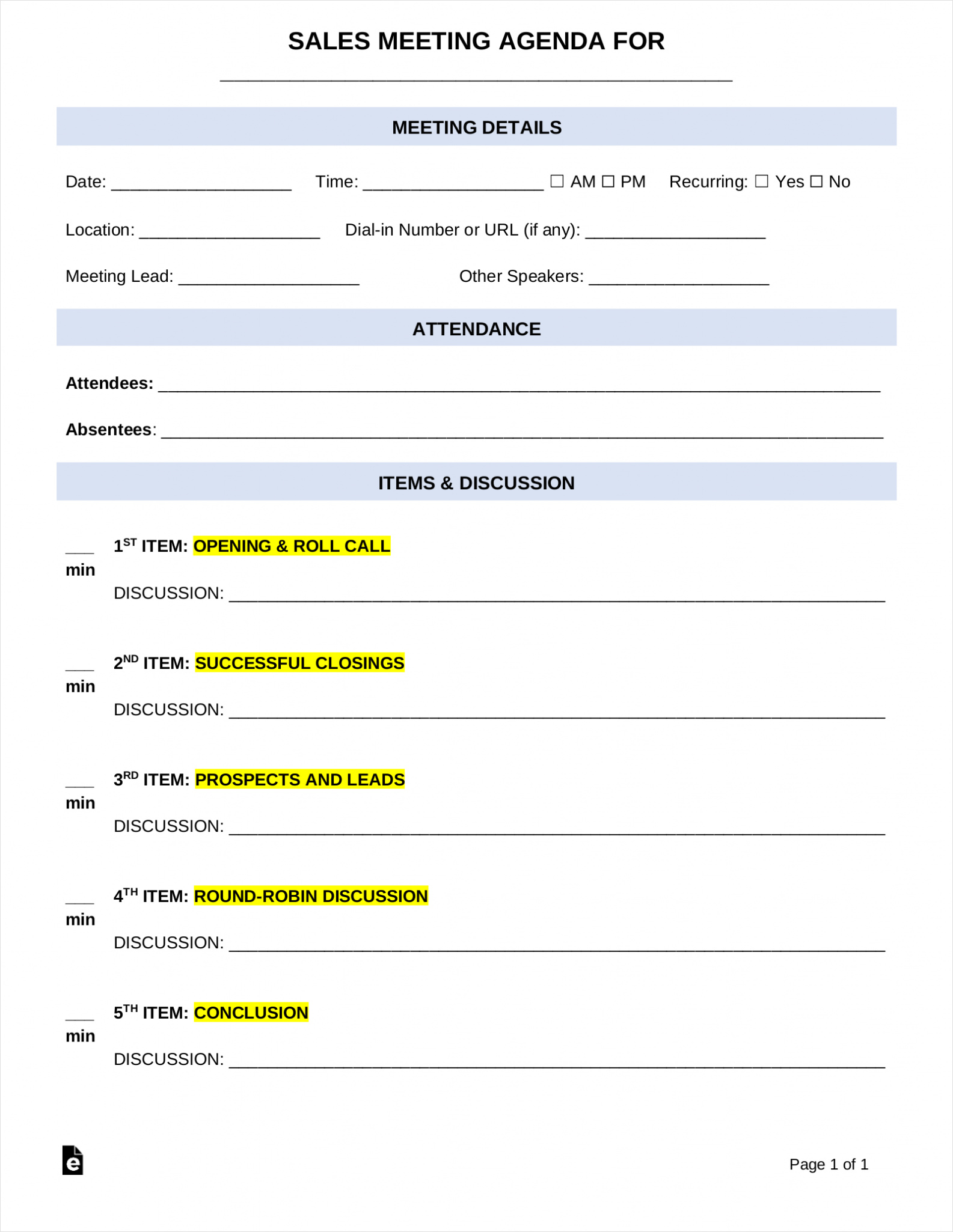
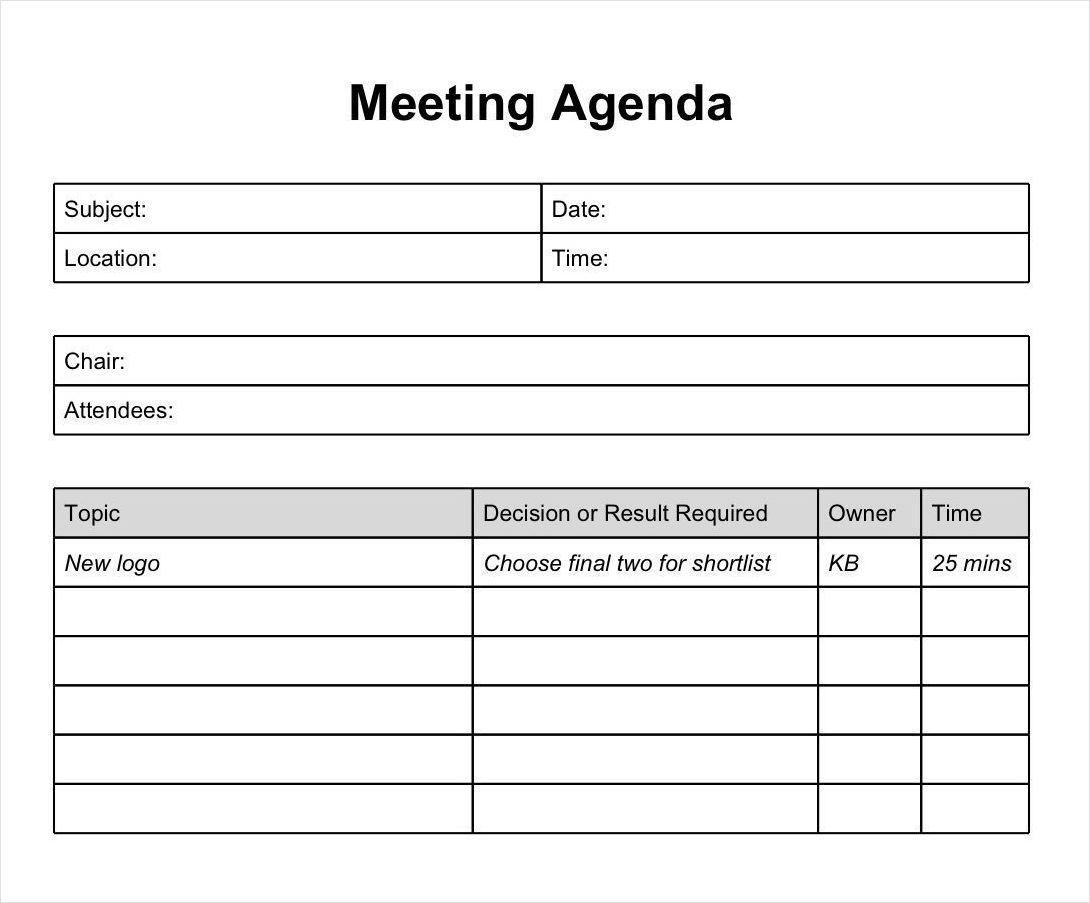
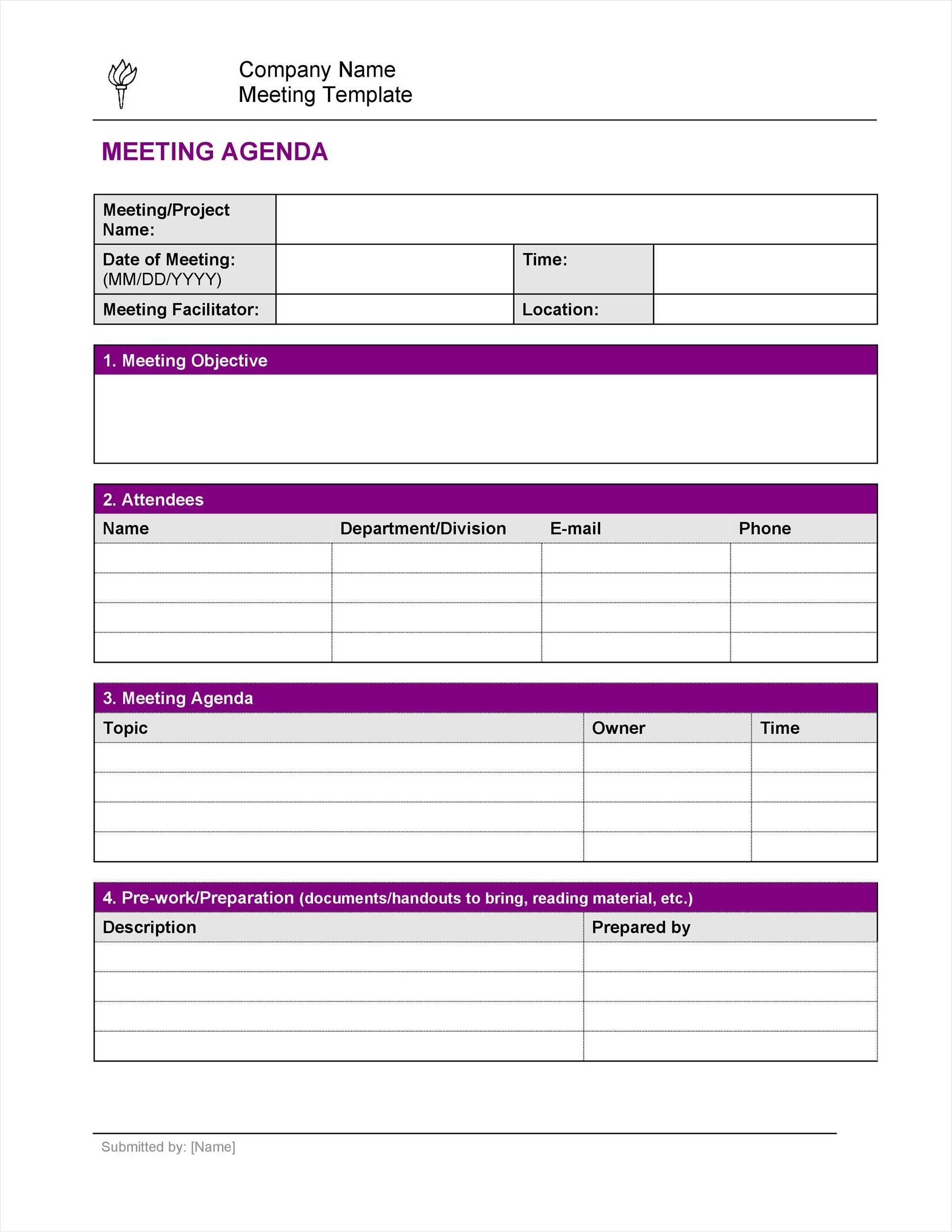
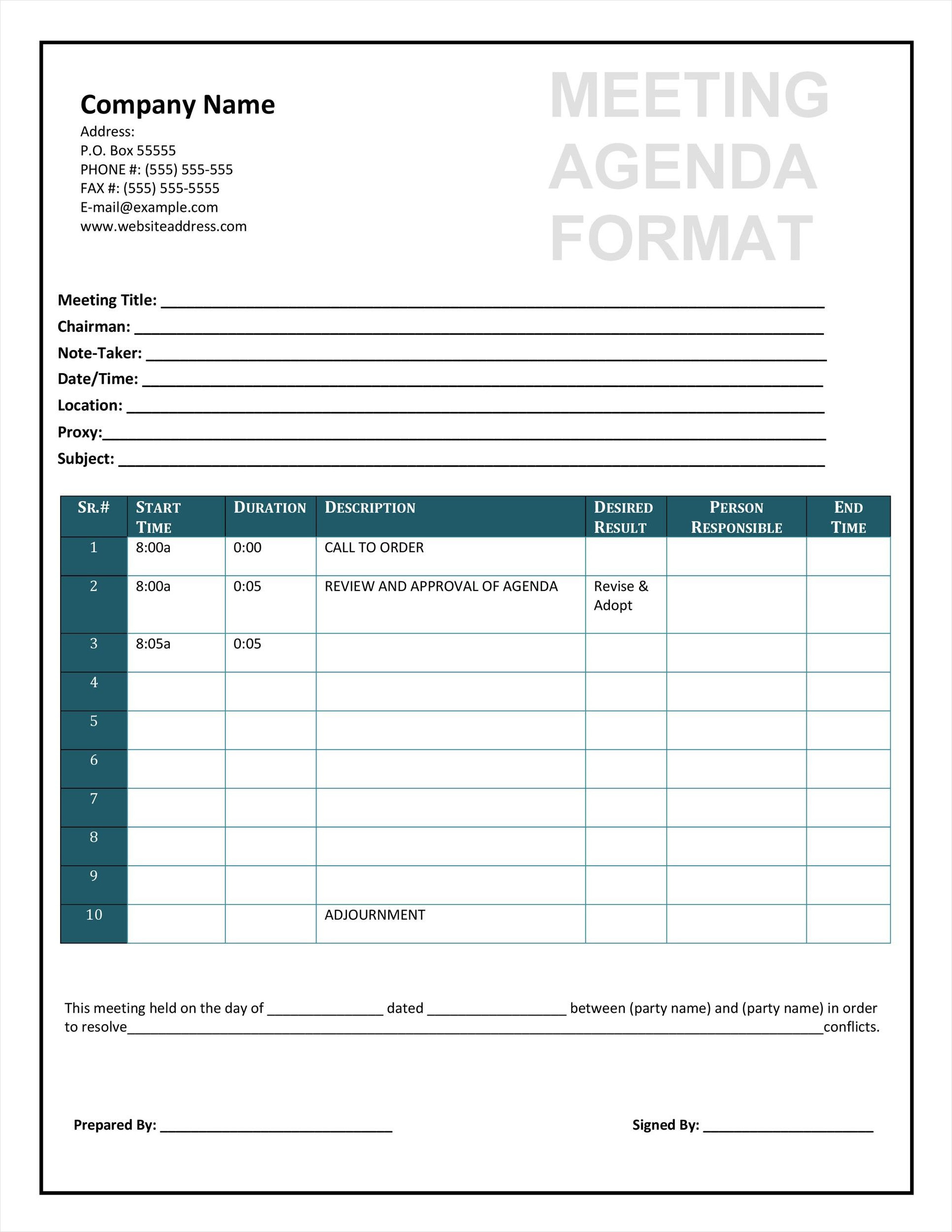
Conclusion
Meeting agenda notes are a valuable tool for effective communication, collaboration, and productivity. By taking comprehensive and well-organized notes, you can ensure that important information is captured, decisions are documented, and action items are followed through. Remember to review your notes regularly and share them with relevant stakeholders to maximize their impact. With these tips and techniques, you’ll become a master at taking meeting agenda notes and driving successful outcomes in your meetings.
Meeting Agenda Notes Template Excel – Download
